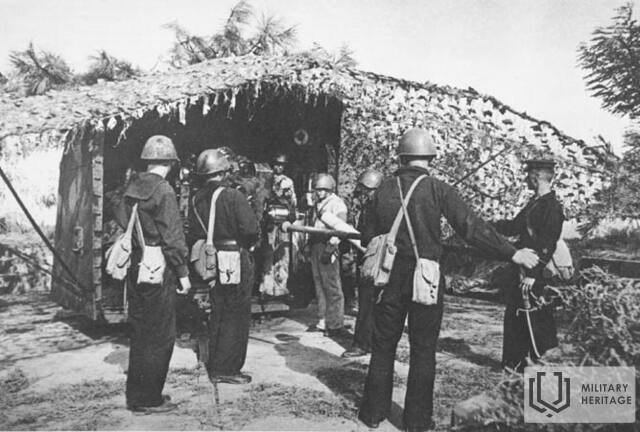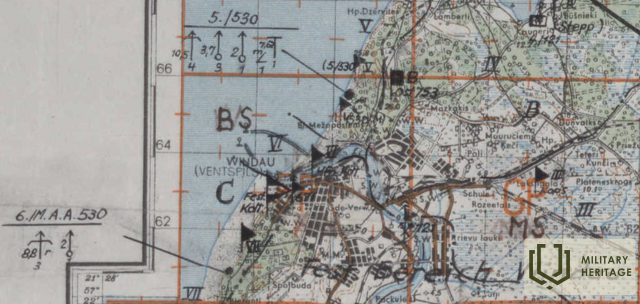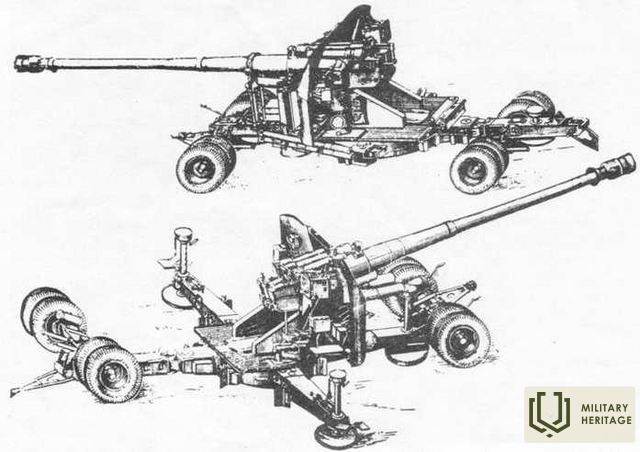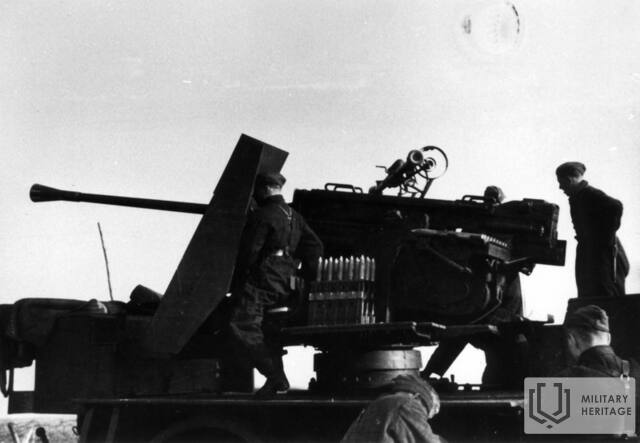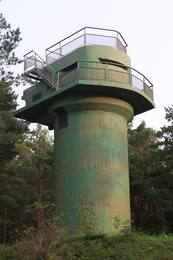46-osios pakrantės gynybos baterijos ugnies valdymo bokšto Ventspilyje istorija
Ventspilio karinio paveldo objektas yra unikalus, nes tai vienas iš nedaugelio pakrantės gynybos statinių Latvijoje ir Baltijos šalyse, vaizduojančių Antrojo pasaulinio karo įtvirtinimų istoriją. Jis taip pat unikalus tuo, kad tai Sovietų Sąjungos karinis objektas, pastatytas Latvijos Respublikos nepriklausomybės metais, ir tam tikra prasme simbolizuoja mažos šalies nesugebėjimą pasipriešinti supervalstybėms Antrojo pasaulinio karo išvakarėse. Tai vienintelė pakrantės gynybos baterija, kuri taip gerai išliko be istorinių sluoksnių ir visiškai pastatyta. Objekte atsispindi visa sovietinės karinės koncepcijos evoliucija nuo 1939 m. iki sovietų kariuomenės išvedimo 1994 m.
Siekdamas pradėti statyti 46-ąją Sovietų Sąjungos Raudonosios vėliavos Baltijos laivyno pakrantės gynybos batalioną (Краснознамённый Балтийский флот ВМФ СССР), 1939 m. lapkritį į Ventspilį atvyko 35-asis Sovietų armijos inžinerijos-statybos batalionas. Statytojai apsigyveno palapinėse miesto pietuose, Vasarnīcu gatvės rajone. Bateriją sudarė keturios B-13 tipo patrankų pozicijos, ugnies valdymo bokštas, vadovavimo postas, vandens įleidimo bunkeris, generatoriaus/katilinės bunkeris ir inžinerijos bunkeris. Šalia patrankų pozicijų, Mētru ir Sila gatvių rajone, buvo įkurta karinė stovykla, kurioje gyveno karininkai su savo šeimomis, taip pat kitas pakrantės gynybos baterijos personalas. Karo pradžioje pakrantės gynybos baterija buvo baigta statyti ir buvo parengta kovai. Baterija buvo pavaldi Sovietų Sąjungos Raudonosios vėliavos Baltijos laivynui – SKBF ir buvo aptarnaujama laivyno jūreivių.
1941 m. birželio 22 d., ketvirtą valandą ryto, nacistinės Vokietijos aviacija surengė oro reidą prieš miestą, uostą ir aerodromą. Birželio 24 d. vokiečių torpediniai kateriai (galbūt „Schnellboot S-38“ tipo) bandė atakuoti Ventspilio uostą, tačiau 46-osios pakrantės gynybos baterijos ugnies pagalba priešas buvo atmuštas, tai buvo pirmasis šios baterijos mūšis. Birželio 25 d. vokiečių torpediniai kateriai antrą kartą bandė atakuoti uostą ir uosto teritorijoje esančius laivus, tačiau baterijai atidengus ugnį, ataka nepavyko. Birželio 26 d. vokiečiai, pasitelkę jūrų laivyną ir oro desantą, bandė užimti miestą, ataka buvo atstumta, tačiau padėtis mieste buvo pavojinga ir birželio 28 d. rytą, gavę įsakymą, pabūklai buvo susprogdinti, o sovietų kareiviai paliko miestą. Yra žinoma, kad karo pradžioje vokiečių aviacija surengė keletą oro reidų prieš bateriją.
Raudonosios armijos Baltijos laivyno jūreiviams palikus bateriją, ji buvo apleista iki 1944 m., kai ją užėmė nacistinės Vokietijos kariuomenė, išardanti susprogdintus rusiškus pabūklus ir jų vietoje sumontavusi priešlėktuvinius pabūklus „Flak-40“, kurie taip pat galėjo šaudyti į karinio jūrų laivyno taikinius.
Kaponieriai (specialiai karinei technikai suprojektuotas žemių pylimas) iškasami šalia pastatytų betoninių pozicijų, kad pabūklus būtų galima atgabenti, pastatyti į pozicijas ir iššauti, taip pat greitai palikti, jei jie būtų aptikti.
Tobulėjant šiuolaikinėms karinėms technologijoms, patrankas pakeitė raketos. 46-oji pakrantės gynybos baterija taip pat buvo išsaugota septintojo dešimtmečio pradžioje, o kartu su ja pradėtas statyti raketų divizijos kovinis dalinys.
www.ventspilsmuzejs.lv
Susijusi laiko juosta
Susijusios temos
Susijusios vietos
Ventspilio 46-osios pakrantės gynybos baterijos ugnies korekcijos bokštas
Atkurtas 46-osios pakrančių apsaugos baterijos ugnies valdymo bokštas Ventspilyje yra Saulrietos gatvėje ir lankytojams prieinamas apžvalgos bokšto pavidalu. Šalia bokšto yra keturios artilerijos pabūklų pozicijos, ir tai vienintelė tokios geros būklės Antrojo pasaulinio karo pakrančių gynybos baterija Latvijoje. Lankytojai gali lipti bokšto laiptais į lauko apžvalgos aikštelę su vaizdu į jūrą. Šalia bokšto yra informacinis stendas su QR kodu. Naudodami QR kodą galite žiūrėti animaciją apie istorinius įvykius. Į bokštą veda nauja gatvė, didelė automobilių stovėjimo aikštelė ir medinis pėsčiųjų tiltas, einantis per šalia bokšto esančią saugomą gamtos teritoriją.
Šis karinis kompleksas buvo pastatytas 1939 m., žymint SSRS karinių bazių statybos Latvijoje pradžią. 46-oji pakrančių apsaugos baterija turėjo keturias pozicijas B-13 tipo pabūklams. Pirmąjį karinį mūšį ši baterija surengė 1941 m. birželio 24 d., kai Ventspilio uostą užpuolė vokiečių torpediniai kateriai, kurie baterijų ugnimi buvo atitraukti nuo Baltijos jūros krantų. Birželio 28 d. sovietų armija susprogdino pabūklus ir pasitraukė.




